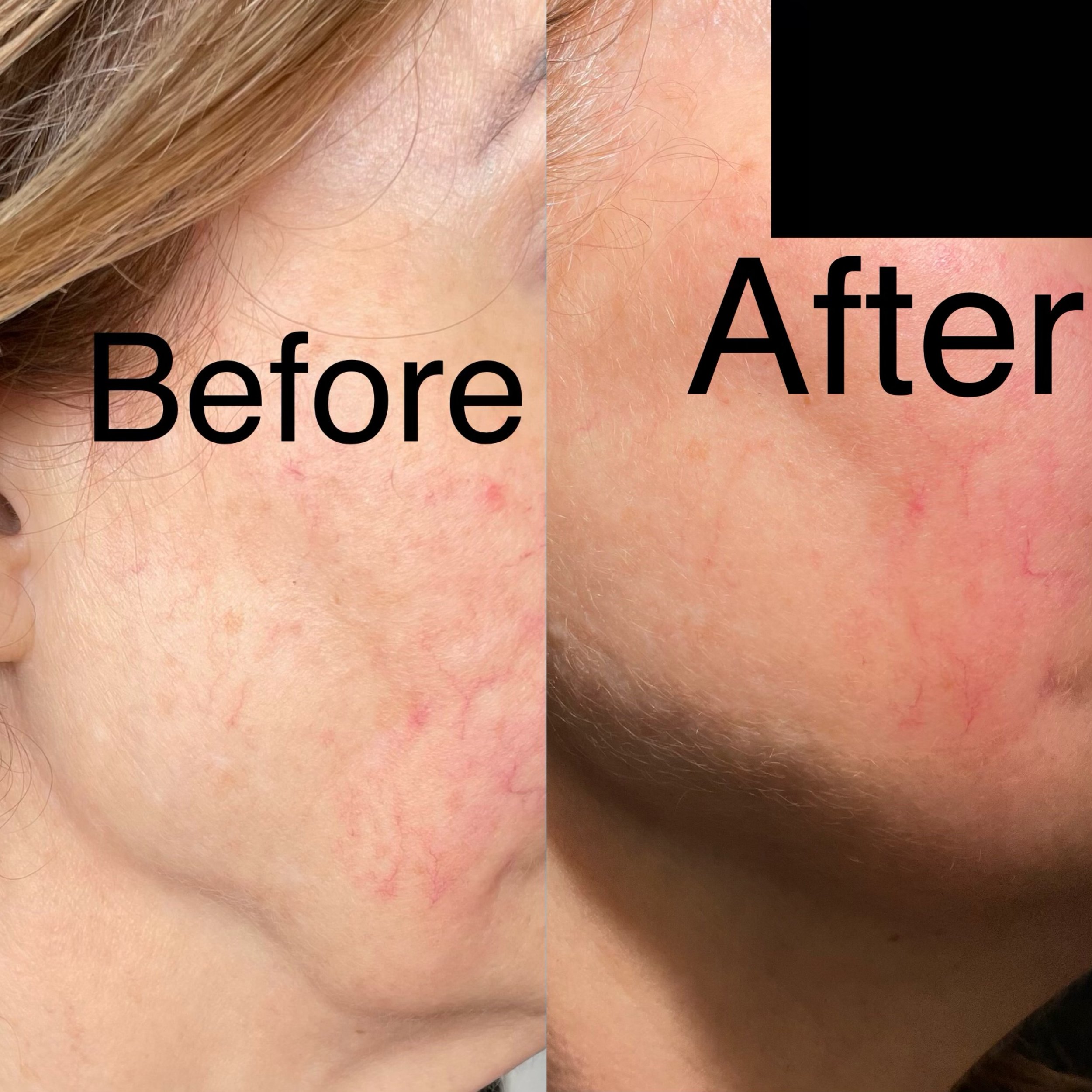The Non-surgical Anti-aging Face and Nose Thread Lift
In recent years, minimally invasive procedures have surged in popularity for those who want to look younger or elevate their beauty. Those non-surgical techniques can help people avoid the downtime associated with traditional surgery.
Among these innovative techniques, the use of (polydioxanone) PDO thread (medical-grade dissolvable sutures) has become a leading option for individuals aiming to enhance their facial features, including a higher nose, and tightened skin, subtly and effectively.
Hiko Nose Thread Lift
The HIKO nose lift, often referred to as a "non-surgical nose job," achieve a more defined nasal profile without the need for invasive surgery by using PDO thread. This technique is particularly popular in Asian countries and is gaining traction worldwide due to its simplicity and impressive results.
How Can HIKO Nose Lift Help Shape Your Nose
A straighter nasal profile
A more regular nose bridge and tip
A sharper nose tip
A higher nose bridge
A slimmer nose
Procedure Overview
Technique: The procedure involves the insertion of PDO threads into the nasal bridge and tip via fine needles. These threads are strategically placed to reshape the nose by lifting the bridge or tip, depending on the desired outcome.
Duration and Anesthesia: Local Anaesthetics will be applied and the procedure usually takes 30-60 minutes.
Recovery Time: Usually patients can go back to their normal life routine within 1-2 hours after the procedure. You may expect minor swelling and bruising that subsides within a week
How long does the effect lasts: You can expect to notice improvements from your Hiko thread lift immediately on the same day. The results will progressively get better over the next few days. The effects should persist for at least 12 months and may last up to two years.
PDO Face Thread Lift
The PDO thread lift for the face is another minimally invasive technique that lifts and tightens sagging skin tissue using threads made from polydioxanone. This procedure not only provides immediate lifting but also natural and long-lasting results.
From our real patient
What Are the Effects of PDO Face Thread Lift
Immediate Lifting of Sagging Skin: The threads provide an immediate lift to the skin, especially noticeable in areas like the cheeks, jowls, and neck
Reduction of Fine Lines and Wrinkles: As collagen levels increase, the skin becomes firmer and smoother, reducing the appearance of fine lines and wrinkles.
Tightening and Firming of the Skin: The lifting effect and enhanced collagen production result in tighter and firmer skin, providing an overall more youthful appearance.
Improved Facial Contours: By repositioning the skin, the thread lift can enhance facial contours, such as the jawline and cheekbones.
Increased Collagen Production: PDO threads stimulate natural collagen production, which helps to improve the skin’s texture and elasticity over time.
Procedure Overview
Technique: The treatment involves inserting fine PDO threads under the skin using small needles. These threads create a supportive mesh that lifts sagging skin and stimulates collagen synthesis.
Duration and Anesthesia: Like the HIKO nose lift, this procedure is quick, taking about 30 to 60 minutes under local anesthesia.
Recovery Time: Recovery from a PDO thread lift is minimal. You may have some swelling and bruising for the first 24 to 48 hours, but you can return to most of your daily routines right away.
How long does the effect last: The PDO thread lift led to instant enhancements in skin tightening right after the procedure. A significant reduction in these effects may be observed 6 months later.
At Pain Free Dentist, we offer limited special offers for both HIKO Nose Thread Lift and PDO Face Thread lift. All procedures will be conducted by Dr Chong who has over 25 years of experience.
Call Call (02) 9558 8988 or email us at info@painfreedentistsydney.com.au to make an appointment.







